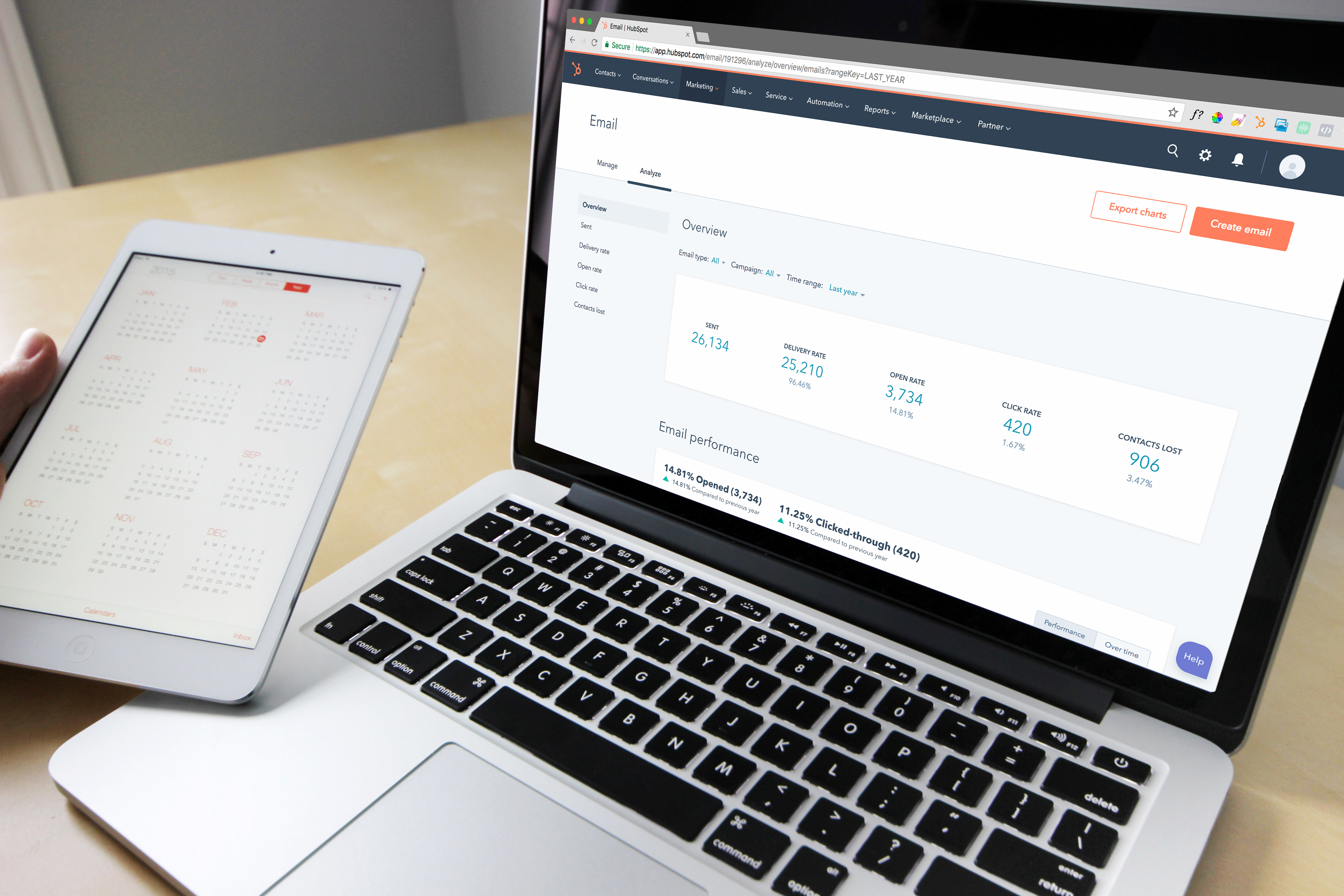.jpeg?width=734&name=Advanced%20Planning%20(2).jpeg)
“It’s September, and we don’t have a style guide for Holiday. We’re making it up as we go.”
“We’re having challenges getting our brand campaign faithfully executed by our internal creative team and agency partners.”
“We need more events, beyond the retail holidays, to get customers excited about coming into our stores.”
“We need more assets so we can allocate more of our print budget to the digital space.”
“We want our marketing team to work further ahead so we can guarantee a 360-degree experience.”
Whoa. That’s a lot of really big challenges. Any of them sound familiar? Most retailers—indeed most marketers—have experienced these issues. And they all share one thing in common: an urgent need to plan ahead.
We all wish we could plan ahead. Trouble is, we’re so busy reacting to fire drills and unexpected delays, we can’t get there. Projects take longer than expected and require more manpower, and teams get distracted with other time-sensitive tasks.
It doesn’t have to be this way. Advance Planning, a process we’ve honed and perfected through dozens of client engagements, can help you not only stay ahead of the curve, but also align your entire team to the cause to deliver results that wow.
The big idea
Simply named (but easier said than done), Advance Planning (AP) is a consistent, efficient, and strategic process to gain internal alignment and deliver a customer experience that inspires action and solves problems.
Think of Advance Planning as you would product development: planning starts months or even years in advance to bring relevant trends to market, always bearing in mind how they fit into overarching brand and seasonal style goals.
In a similar way, AP works to get the right people in the same room at the same time to align on a greater goal, earlier. When applied to meet your company’s needs, it gives you and the teams you work with a map to follow—so you all have a plan before any fires start.
Here’s a simplified but meaningful example. Our client, one of America’s biggest direct-selling companies, was struggling to inspire its consultants to host more face-to-face selling parties in an increasingly digital world. They needed a long-range plan, built around a single, compelling idea, to align internal stakeholders and rally their salesforce. Here’s how we helped them get there:
- Delivered a creative idea, based on strategic research, that earned the support of internal decision-makers (including Marketing, Merchandising, Operations, IT, and Executives).
- Developed an in-depth calendar to bring that idea to life in multiple channels over a planned 12-month cycle.
- Helped excite the salesforce with refreshed, on-demand sales materials and a renewed sense of being part of something bigger than themselves.
Sounds like a pretty good plan, right? It was, and the company was finally able to coordinate its seasonal marketing with its product development cycle for a cohesion that didn’t exist before—but made life so much easier.
Let's talk numbers
Feel-good vibes aren’t the only reason to implement AP, of course. There are hardcore effects on the business that can’t be ignored, including our favorite trifecta: time saved, money saved, and stress relieved.
Think about it: if everyone internally is on the same page from the start, you can cut way down on spin from poor communication, confusion, or conflicting direction. You can also let third-party partners in on the fun, and when they’re clear on what to do and how to do it, revisions and estimates go down, too.
But one of the biggest reasons of all to institute AP has to do with capturing content efficiently. When you’re all aligned behind a big creative idea and how it comes to life through messaging and visuals, there’s no gray area about what to capture during an omnichannel photo shoot. From print and email marketing, to social media and PR, to store signage and media partnerships, your campaign and your message will feel unified—and you can capture most if not all of it at one time, rather than relying on several shoots with multiple crews, locations, sets, props, talent, and other expenses.
Guess who really benefits?
Obviously, this practice is hugely beneficial to internal teams. And your agency partners will benefit from the clarity of purpose and creative kumbayah, too. But the people who feel the impact the most are the people who have the most power over your end goals: your customers.
Why? Because your company message is loud and clear, everywhere they see it. Remember that 360-degree experience we mentioned at the beginning of this post? There’s a consistency to your output that doesn’t confuse anyone as to what you’re about and why it matters to them. They know that what they see is what they’ll get. Their expectations are met, whether they follow you on social or visit one of your stores. And guess what that builds? You got it: trust.
And that’s the single most important detail of any customer relationship.
Make a plan to...plan
Retail is always changing (like, 24/7), and there is ALWAYS something competing for your attention. And yes, you’ll always have to react to business situations, external factors, and cultural trends. But with AP in place for your core campaigns, you’ll have plenty of time to manage those outliers—and your team won’t be stressed to the max because they’re also managing a Holiday book that’s weeks late or a social campaign no one remembered to schedule.
With Advance Planning, you can stay focused on overarching company goals—no matter what emergencies arise. Sound like magic? It’s not, but it does take forward thinking and a little help from a trusted partner who’s been where you’ve been—and is ready to help you change course, once and for all.



